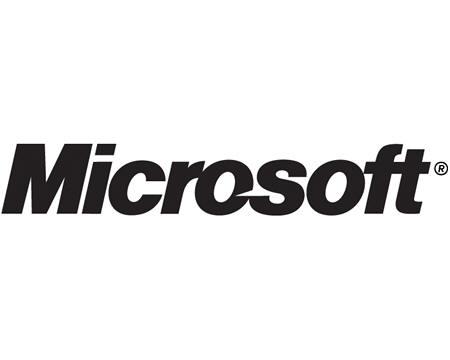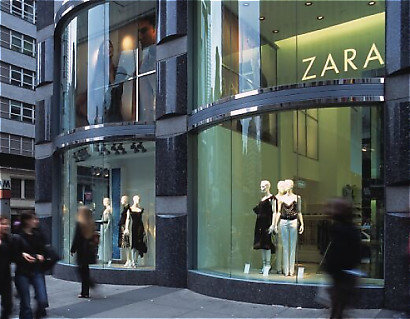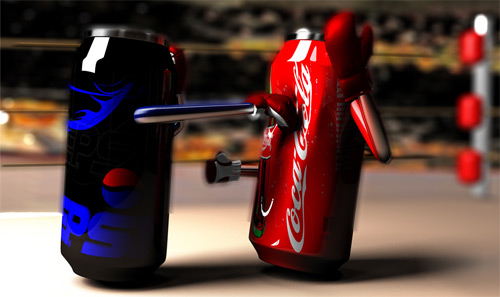Our teachers are our most valuable resources, as they are the most natural helpers for students, whether in elementary school, high school or university and beyond. Naturally we learn the most from our teachers, and one of the greatest lessons that I’ve even learned was precisely from a brilliant high school teacher that I had the privilege to meet. There was a time when I wanted to do well in school and stand out from fellow classmates, but couldn’t quite find a way to do so. I was frustrated with myself and felt defeated. Then came the lesson that I still remember today: always be one step faster than others. Indeed, just by listening to professors in class is far from enough if one wants to do extremely well in courses, what really counts is the time that you spend outside of class. “It takes 10000 hours to master any field.” Indeed, if I were to really do well with just about anything at all, it’s crucial to spend at least 10000 hours.
Cultural Conflicts
 HP has recently gone on a buying spree of companies, acquiring thirty-five companies within the past five years. Though there is nothing wrong with using acquisitions as a means to expand the business, managing these changes needs careful attention. When dealing with acquisitions, the compatibility of the company cultures becomes a big concern, and the problem of culture-clash often surfaces. For example, HP announced that it completed the acquisition of Arcsight Inc., a security and compliance management company, on October 22, 2010.
HP has recently gone on a buying spree of companies, acquiring thirty-five companies within the past five years. Though there is nothing wrong with using acquisitions as a means to expand the business, managing these changes needs careful attention. When dealing with acquisitions, the compatibility of the company cultures becomes a big concern, and the problem of culture-clash often surfaces. For example, HP announced that it completed the acquisition of Arcsight Inc., a security and compliance management company, on October 22, 2010.
ArcSight is known for its friendly, supportive and inspiring corporate culture and relatively low power distance between the management and the rest of the company. It was ranked as one of the top workplaces in the Bay Area by Bay Area News Group based on anonymously conducted employee surveys, due to its excellent working environments and innovative workplace atmosphere. While HP focuses on putting “customers first”, and is more interested in results and efficiency compared to ArcSight, there exist some similarities as both companies focus on innovation and team work. Clearly, if HP does not manage this conflict carefully, serious consequences such as decrease in productivity and employee satisfaction can occur. Therefore, I believe that it’s absolutely essential to assimilate the Arcsight culture into that of HP.

A social entrepreneur, according to Joanna Buczkowksa, is “someone who recognizes a social problem and uses entrepreneurial principles to organize, create, and manage a venture to make social change.” In order to create social change, one must have a clear goal/mission as well as the steps to achieve that goal. Complete Digital Inclusion (CDI), founded by Rodrigo Baggio, is a prominent example of social enterprise that helps to stimulate local economic development and job creation by giving people access to Information & Communication Technologies. CDI constructs community centers, mostly technology and learning centers in impoverished communities, to educate people, help them find jobs, and increase their standard of living.
I believe that it’s not only important for social entrepreneurs to help make positive social changes, we also need to raise awareness for the public to understand the importance of social entrepreneurship, and perhaps more and more organizations would be persuaded or pressured to put effort in this area.
An entrepreneur is defined as one who “combining various input factors in an innovative manner to generate value to the customer with the hope that this value will exceed the cost of the input factors, thus generating superior returns that result in the creation of wealth”, by the Austrian economist Joseph Schumpeter. Bill Gates, the co-founder of Microsoft Corp. is definitely one of most successful entrepreneurs in the world. The company exhibits some of the most prominent characteristics of an entrepreneurial company: developing new products and opening new markets. The amount of value generated by Microsoft is immense, which greatly benefits our society in helping to create a globally-connected digital world. One of the main differences between entrepreneurs and managers is the willingness for entrepreneurs to get involved in new areas of business and take on risks–Bill Gates is a clear example of this.

One of the major strategies that helped Zara become the leader in the fashion industry is the utilization of mass customization, which basically allows small amounts of newly designed clothes to be put on the shelf in less than two weeks. This, of course, comes with a significantly higher cost compared to its competitors, as Zara does not take advantage of economies of scale and designs, produces, distributes all by itself. The fast production process allows Zara to quickly respond to customer interests and new fashion trends and avoid stocking large amount of perishable products. The company was described by Louis Vuitton fashion director Daniel Piette as “possibly the most innovative and devastating retailer in the world”, because of Zara’s largely successful while highly dangerous strategy.
I think that there are specific reasons why Zara is able to mass customize its products while numerous other companies fail at doing so. Clearly the fashion industry highly rewards sellers that can identify and follow new fashion trends, while outdated products are often sold at significantly lower prices. As well, the clothing production process mostly requires the same raw material that can be quickly turned into finished goods.
With pressure coming for all sides for companies to became “environmentally friendly”, some decided to passively cope with the law, while other innovative and courageous companies decided to take advantage of the Green Wave. Molson Coors Canada is clearly eager to reintroduce itself as being responsible and caring using online social medias, such as Facebook and Twitter. For example, the company invests in responsible drinking education programs for a number of different communities, and also participates in the TaxiGuy program. Molson Coors puts all of the things that they did on their own blog, and encourages people to comment. Through these new strategies, Molson Coors Canada was able to increase profits by approximately 25 percent in 2008.
We all know that using MIS (Management of Information Systems) can help increase reputation and publicity for a company, but it takes some more consideration to transfer that to real cash. Dell’s decision to create a twitter website in 2008 is one of the successful attempts to use social media to advertise products while generating large amounts of profit. By offering deals and discounts, technical support and live updates on twitter, Dell not only greatly increased its reputation, but also earned 6.5 million dollars of direct profit from its website. Although compared to Dell’s total revenue of over 60 billion dollars in 2009, the amount doesn’t seem very significant, it represents a new path for companies to connect to customers and offer online services. Indirect benefits, such as enhanced company image, generated with this tactic is much more essential, and will have unparalleled effect in helping Dell to become a more attractive choice among competitors.

Pepsi vs. Coke
After learning about brand positioning and value propositions, we can clearly see that in the war between Pepsi and Coke, establishing your brand as the “best” is extremely important. In their century-long struggle for greater market share, both Coke and Pepsi tried to become the more preferable choice by promoting their own products, and, at the same time, denounce their competitors. Billions of dollars had been used to produce numerous advertisements and campaigns for one single purpose: become the most well-known brand in the world for soft drinks. For example, in 1983, Pepsi started the famous Cola Wars campaign, where people were asked to blindly pick the drink that they prefer. This tactic successfully helped Pepsi to lead sales for a while–before Coke reacted quickly with another commercial that points to the difficulty differentiating the drinks.

After the analysis done in class 4, its clear that Lieber Light will never win a price war with Vancouver Light because of its relatively high variable costs as well as fixed costs. Therefore, Lieber Light should seek to establish better reputation with innovative strategies to attract more customers. Some of the things that could be done include providing superior services for large customers and introducing more attractive products. By providing better services, more customers would want to buy from Lieber Light instead of Vancouver Light because of the added value, and the company could build friendly relationships with those customers, which could be very helpful when facing close competitions. Secondly, if Lieber Light is able to introduce a new product that’s either more environmentally friendly, more elegant, or more effective, then the company would be able to differentiate its products from its competitor.
Although the two tactics illustrated above could be very effective, they require technical abilities that Lieber Light might not be able to find. Thus, the company could also find others ways to sell its product, such as supplying directly to the home-builders instead of selling to the retailers, or advertise its products better.
Business Ethics
Business ethnics has become one of the main problems in today’s world, as more and more corporations are found to have ignored the well being of their communities in seeking to increase their own profits. One of the most well know cases in today’s world is the BP oil spill that happened six months ago. The company was only concerned with making more profit by drilling for oil, and conveniently overlooked the possible negative outcomes of their actions, and the effects of which on the surrounding environment. As a result, the ecological system around the Gulf of Mexico was completely devastated, and the people along the Gulf Coast were largely affected by the harmful chemicals that escaped. The negligence of the BP executives concerning environmental sustainability was one of the fundamental reasons why the spill took place, and if the company was more conscious about drilling safety procedures, all of this could be avoided.










